I recorded some 43 moths on our trip to Greece this year, and perhaps saw a few more micros of which I didn’t get photos. I’ve tabulated the full list as it stands in a separate post entitled Moths Matter in Macedonia.
As well chasing the obvious on our Greenwings butterflying and birding trip to Greece, there was also time for a few moths. Some during the day, some that overnighted in the stairwell of our little hotel, and some from fellow amateur Lepidopterist, Martine’s field trips around the village of Chrisochorafa. Thanks to Martine and Michael for IDs on the local species and for Mrs Sciencebase’s eagle eyes in spotting much of the wildlife.
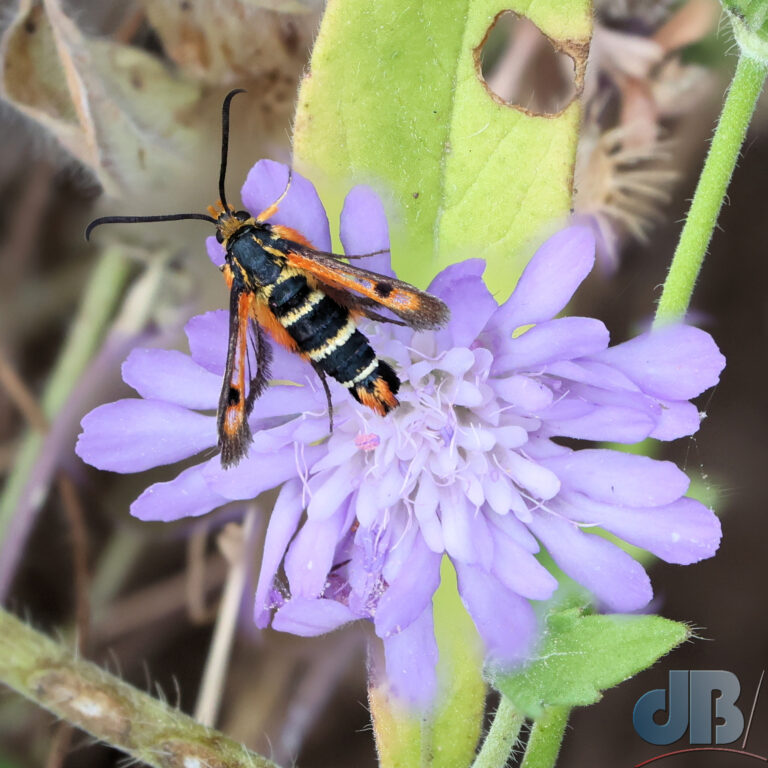
Spotted my one and only clearwing moth of the trip, Pyropteron minianiformis, on our first day trekking through the disused Vironia Quarry. This was also where we saw our first Little Tiger Blue, Ilex Hairstreak, Clouded Yellow, and Nettle-tree butterflies, Masked Shrike, Levant Sparrowhawk and overhead Ravens too.
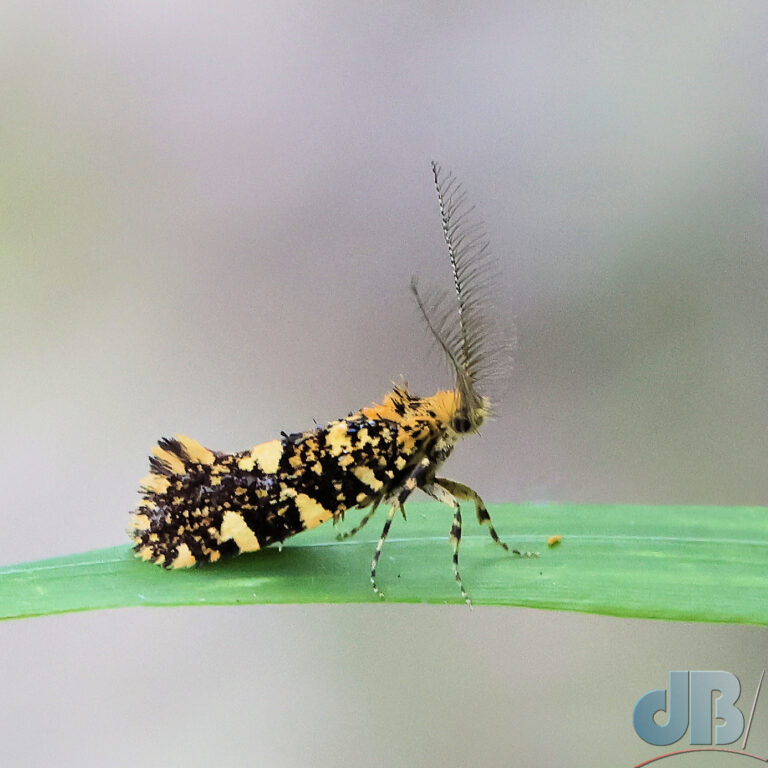
We also saw our first tortoise of the trip. We had seen our first Bee-eaters, White Stork, and Honey Buzzard en route, and heard our first frogs. There will be more about the birds and other wildlife in a subsequent post, once I have processed those photos.
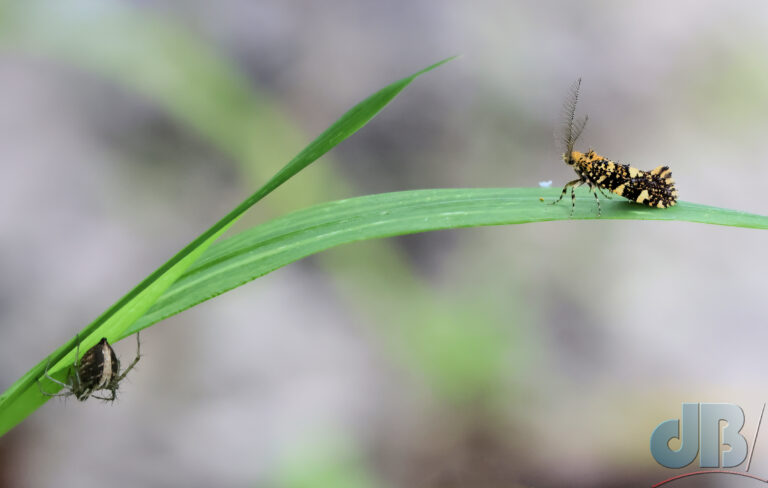
The yellow and black micro moth with large, feathery antennae is a male Euplocamus ophisa (Tineidae). Spotted several of these in the stream-side woodland where the Glider butterflies were seen. No ID for the arachnid.
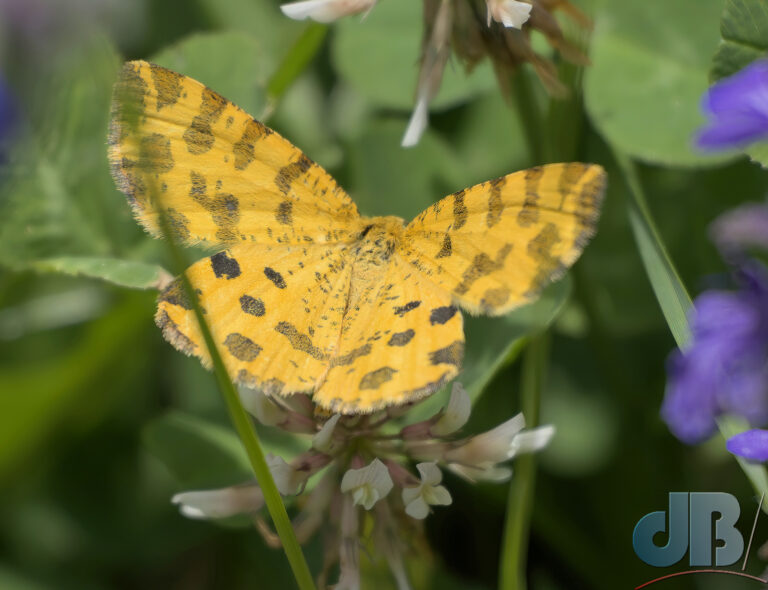
Mrs Sciencebase spotted the first Speckled Yellow (Pseudopanthera macularia, Geometridae) of the trip, at the Lailias Ski Centre, I think it was.
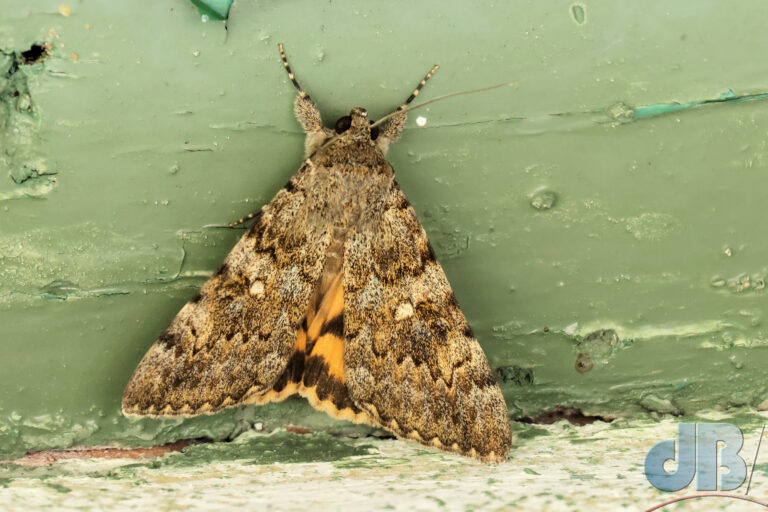
I spotted this large moth, Catocala nymphaea (Erebidae), which was roosting on a derelict building near a barely used dirt track we butterflied. It is related to Red Underwing, Crimson Underwing, Clifden Nonpareil, but, while it has orange on its hindwings, it is not an orange underwing.
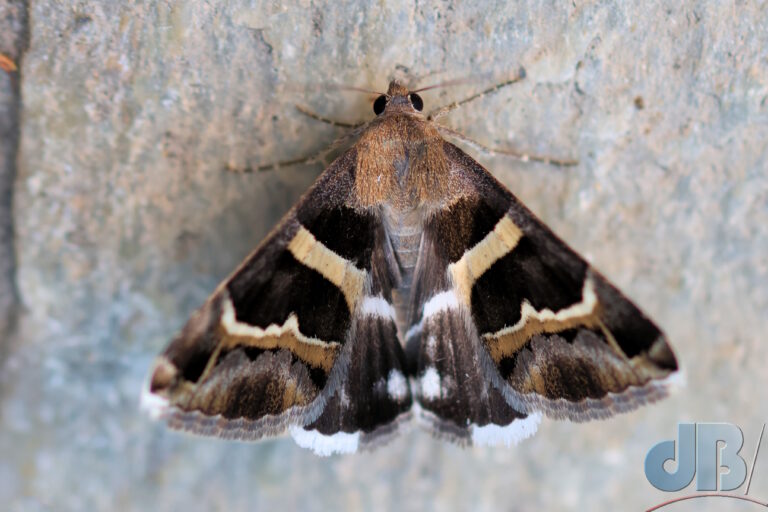
The Geometrician, Grammodes stolida (Erebidae). Potted by Martine on her late-night field trip not far from Chrisochorafa.
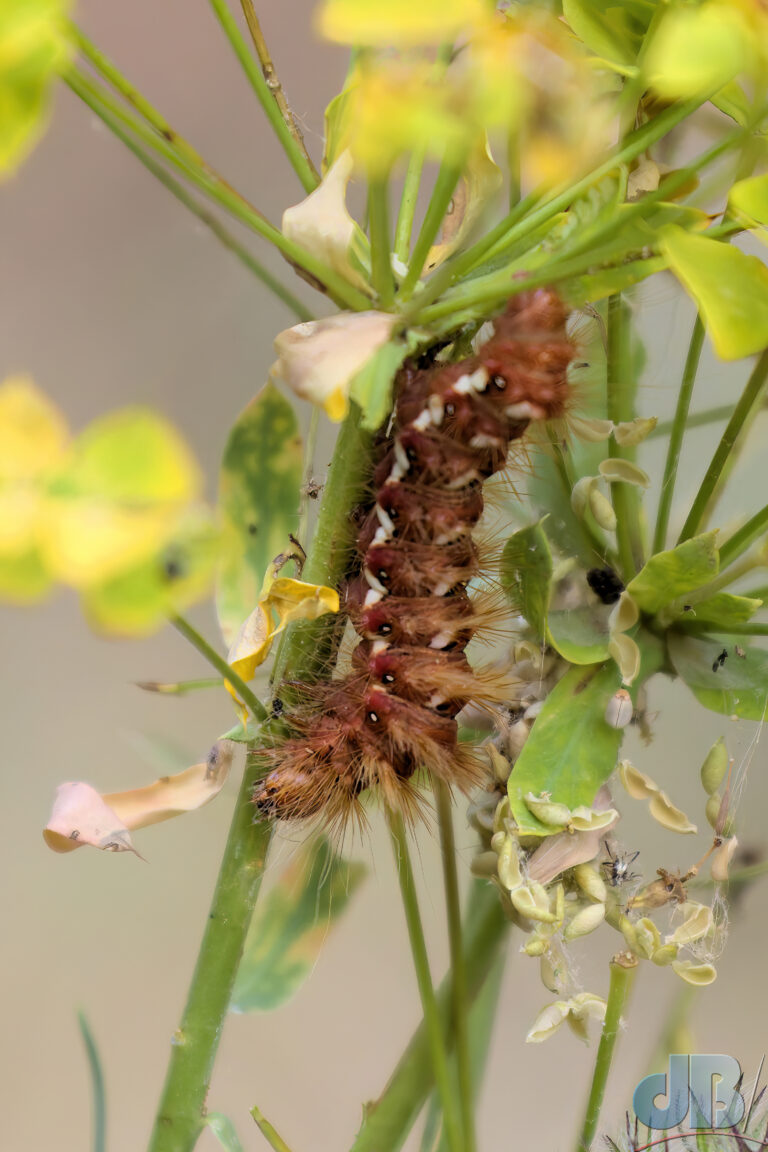
Knot-grass (Acronicta rumicis, Noctuidae) larva feeding on spurge, I believe, Vironia Quarry
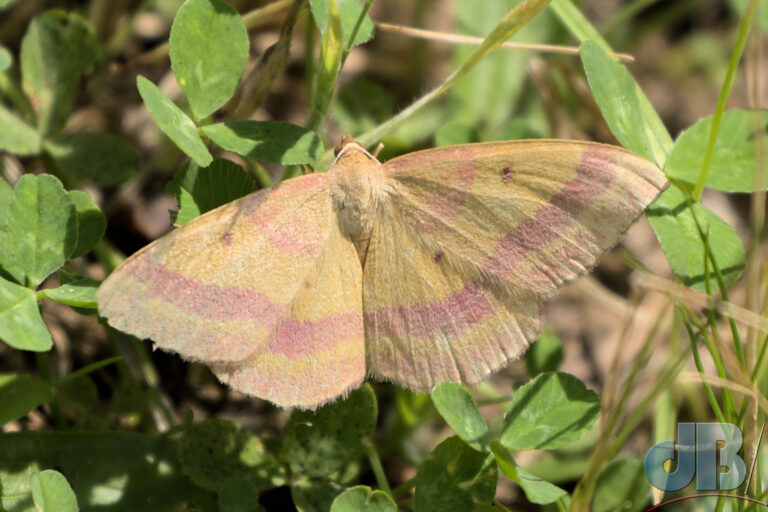
The filled band on this Riband Wave, Idaea aversata (Geometridae), is rather more pink than I have seen before.
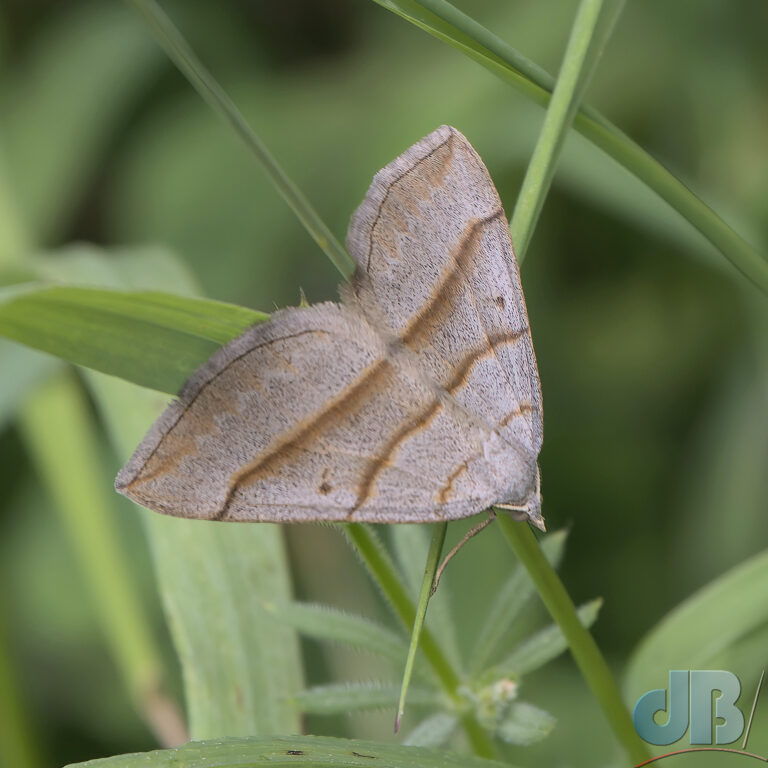
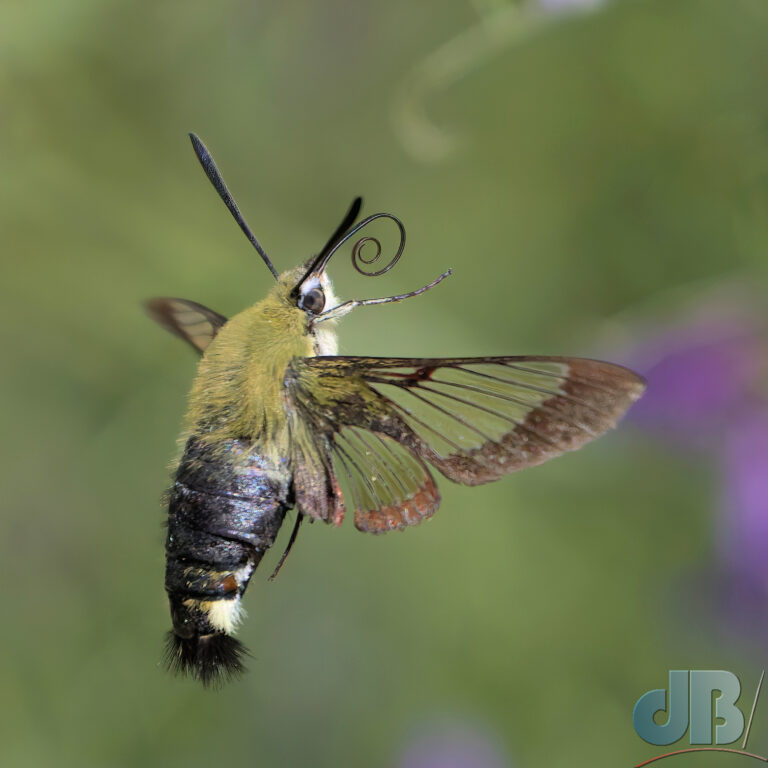
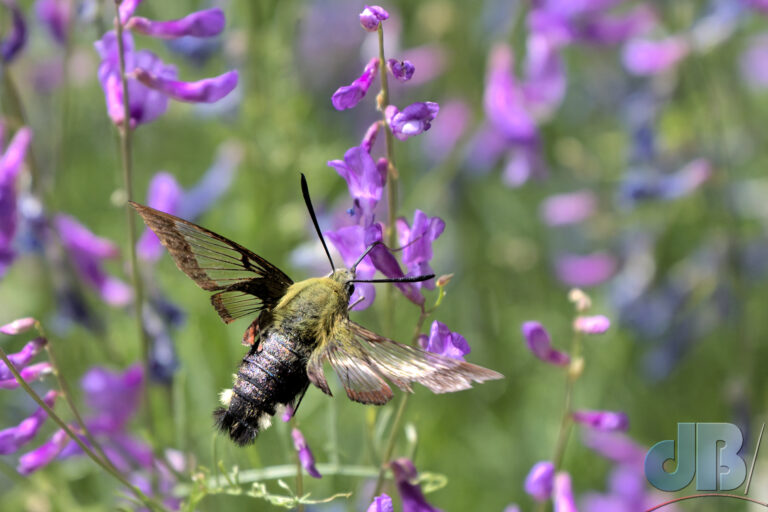
We were watching lots of butterflies and the nectaring Hummingbird Hawk-moths on a purple patch of vetch at the side of the road up towards the Lailias Ski Centre when a couple of Broad-bordered Bee Hawk-moth, (Hemaris fuciformis, Sphingidae) put in a timely appearance.
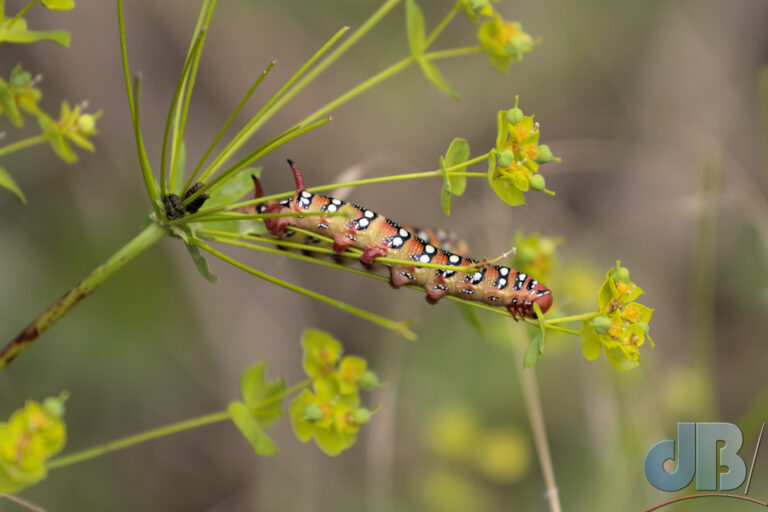
Michael spotted a couple of Spurge Hawk-moth (Hyles euphorbiae, Sphingidae) larvae feeding on some roadside spurge, like they do.
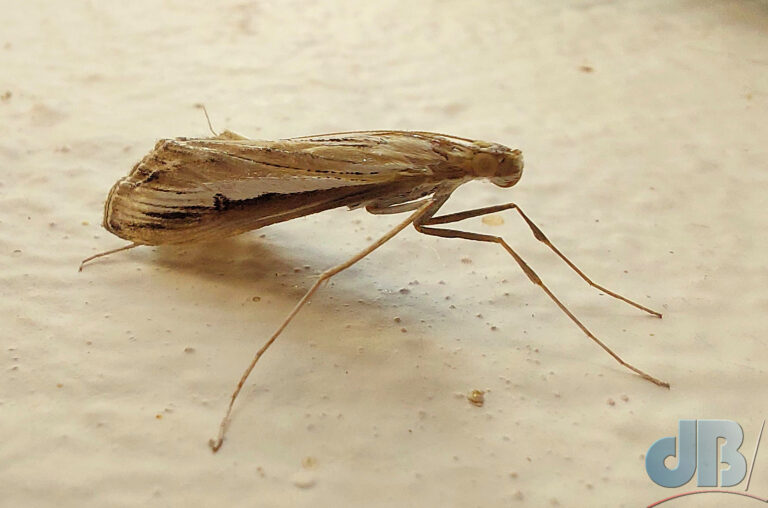
Early-morning phone snap of a long-legged moth which was roosting at dawn at our accommodation. Euclasta splendidalis (Crambidae) is restricted to SE Europe onwards to Turkey and the Middle East. The food plant is a vine called Periploca graeca (Asclepiadaceae – Milkweed family).
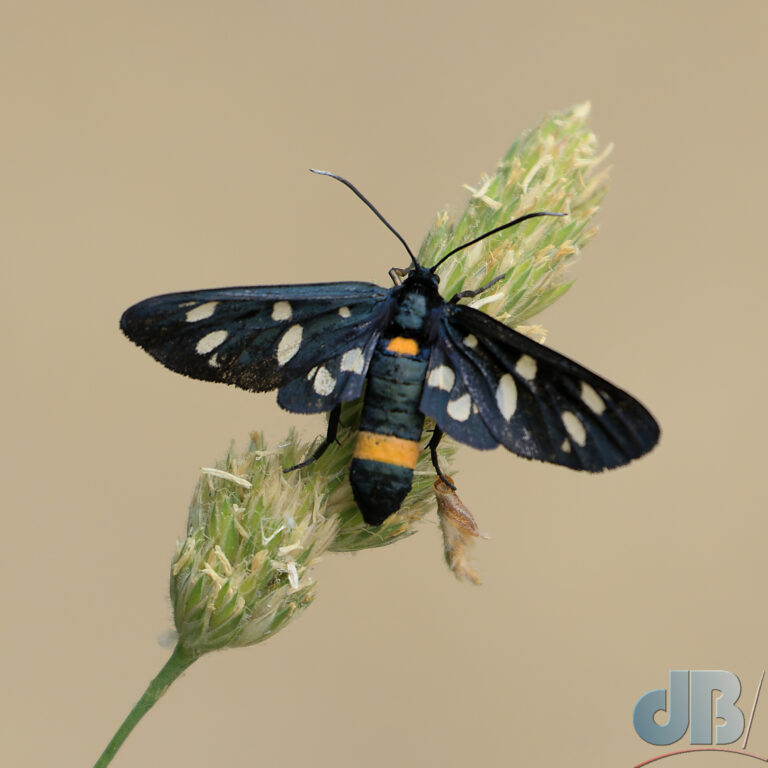
There were lots of Nine-spotted Moth around on our wanderings. They are also known as the Yellow-belted Burnet (Amata phegea, Erebidae) or in Michael’s parlance, the “lazy moth” on account of their general indolence.
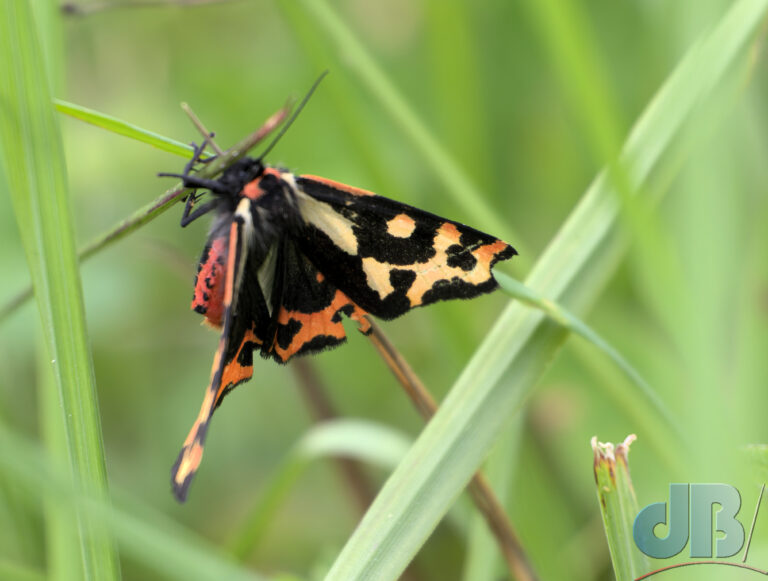
Wood Tiger (Parasemia plantaginis, Erebidae) spotted and potted by Martine before being released back on site for a photo or two.
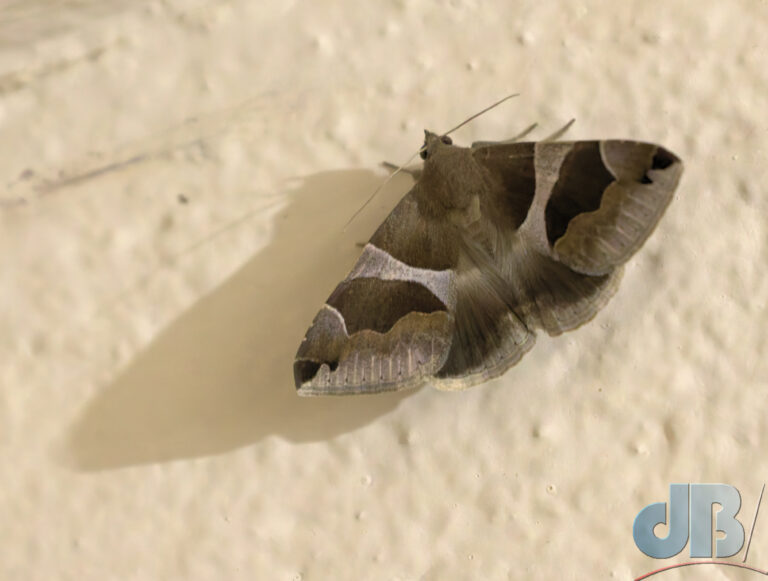
The Passenger (Dysgonia algira, Noctuidae) was fluttering around the hotel stairwell with several micros when we returned from our evening meal with the Little Owls.
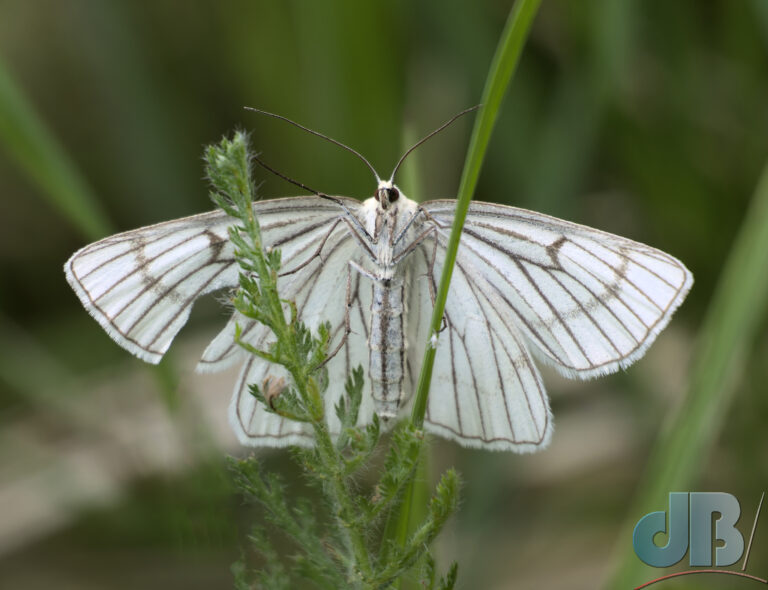
Black-veined Moth (Siona lineata, Geometridae), not to be confused with the Black-veined White butterfly, which we also saw.
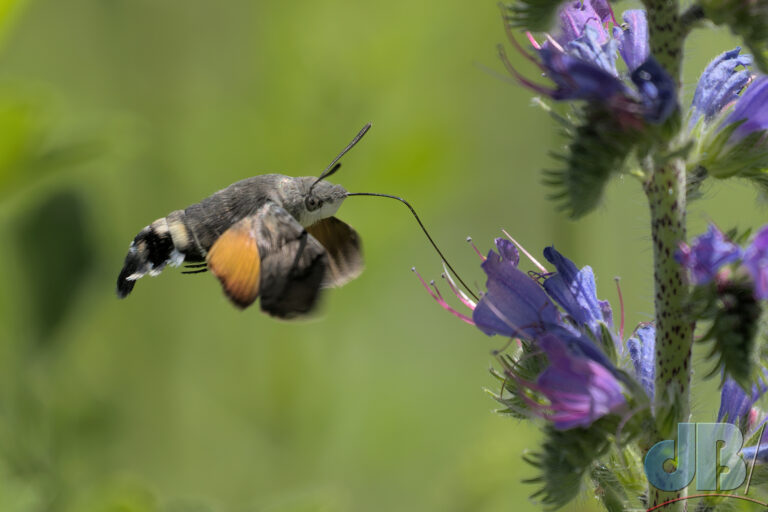
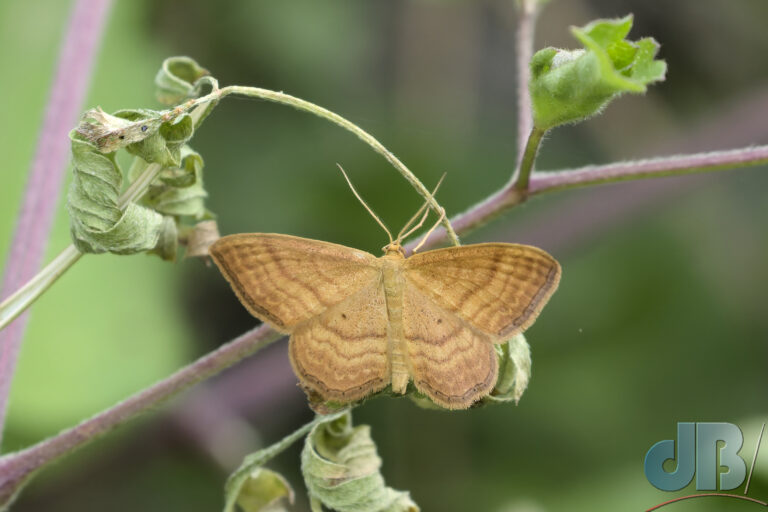
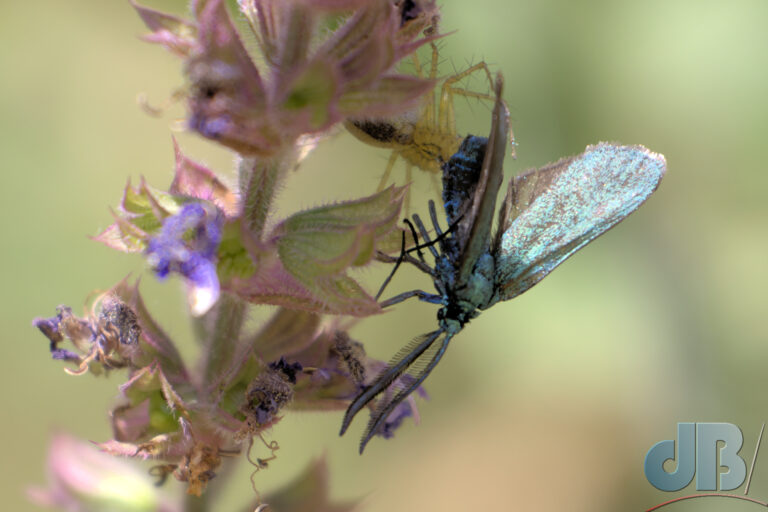
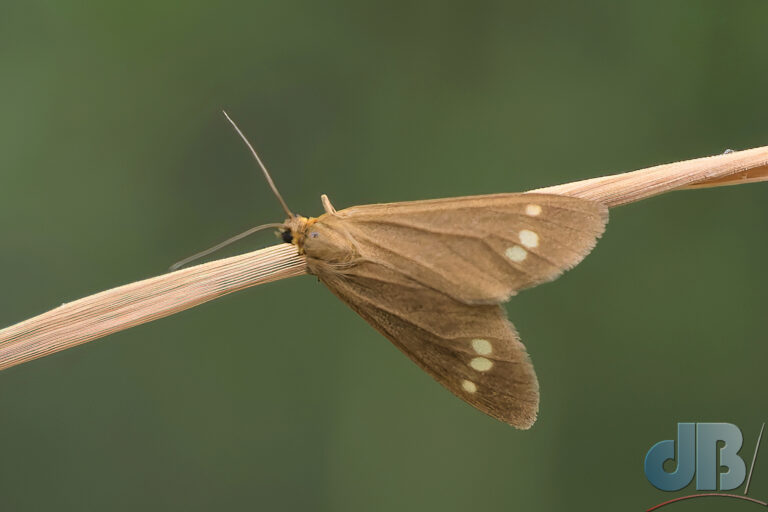
The Handmaid
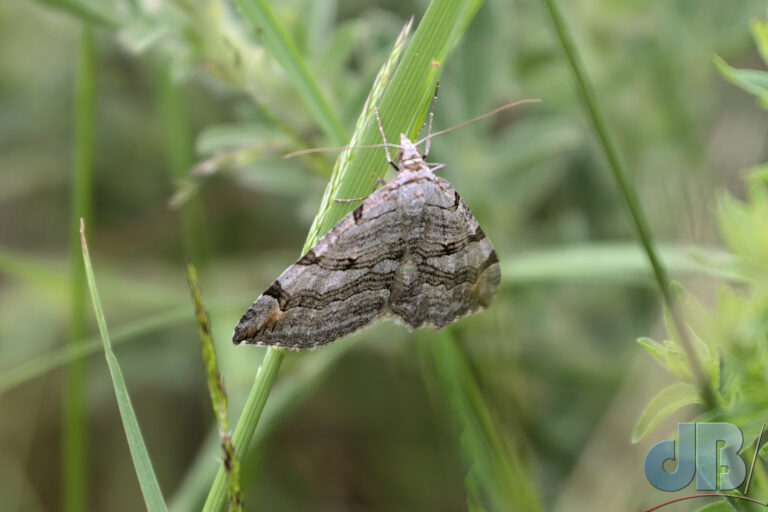
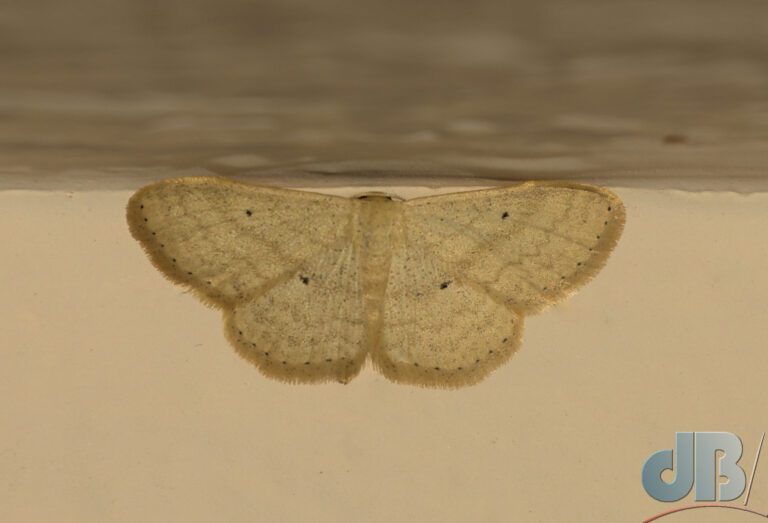
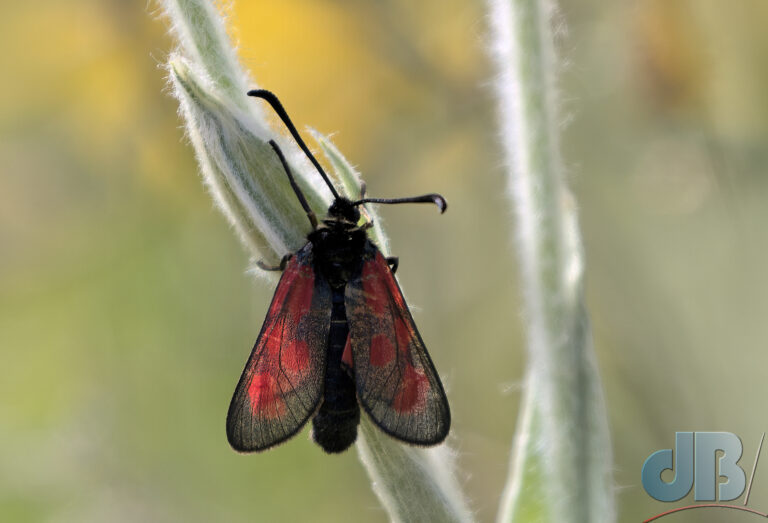
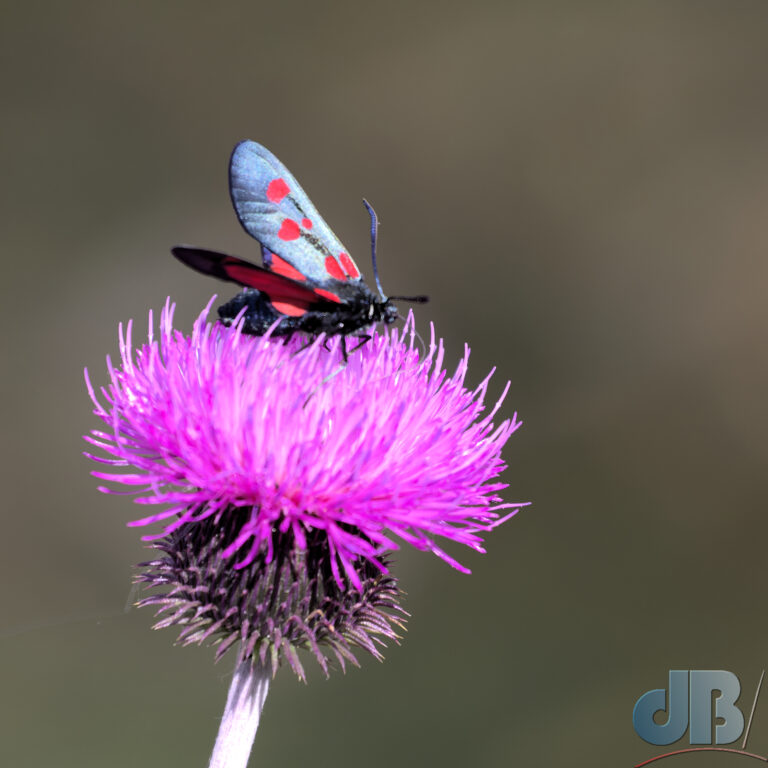
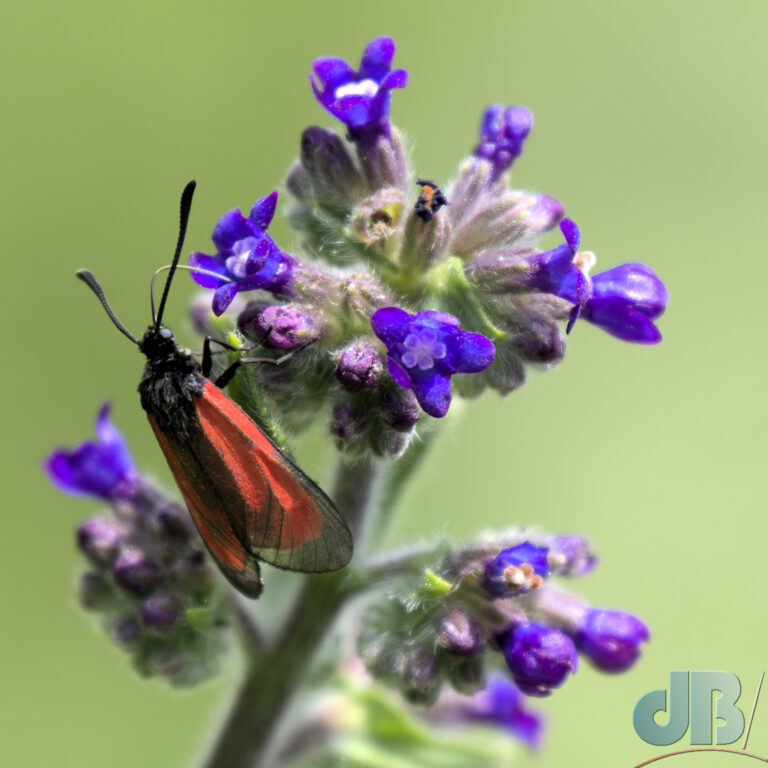
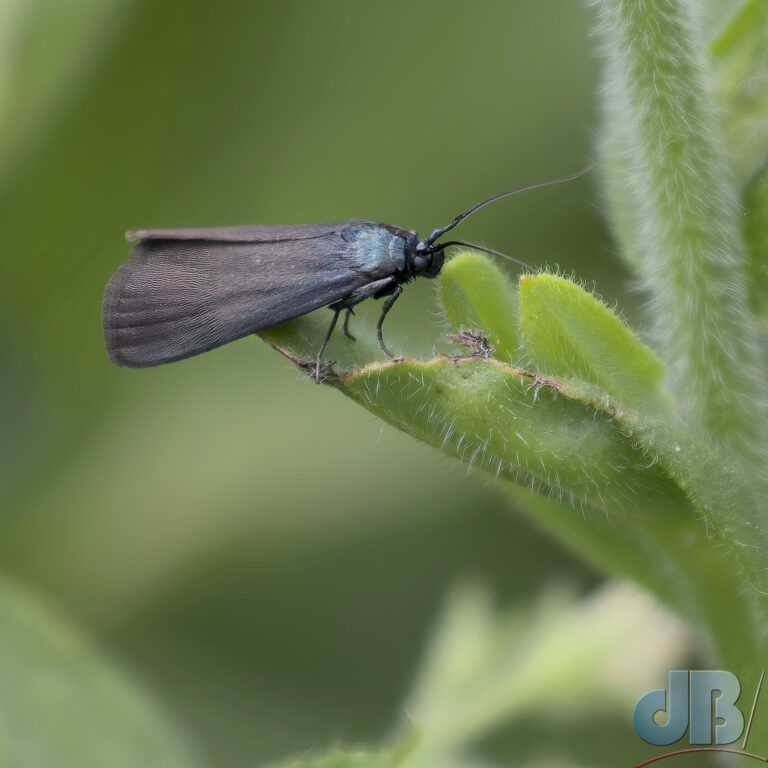
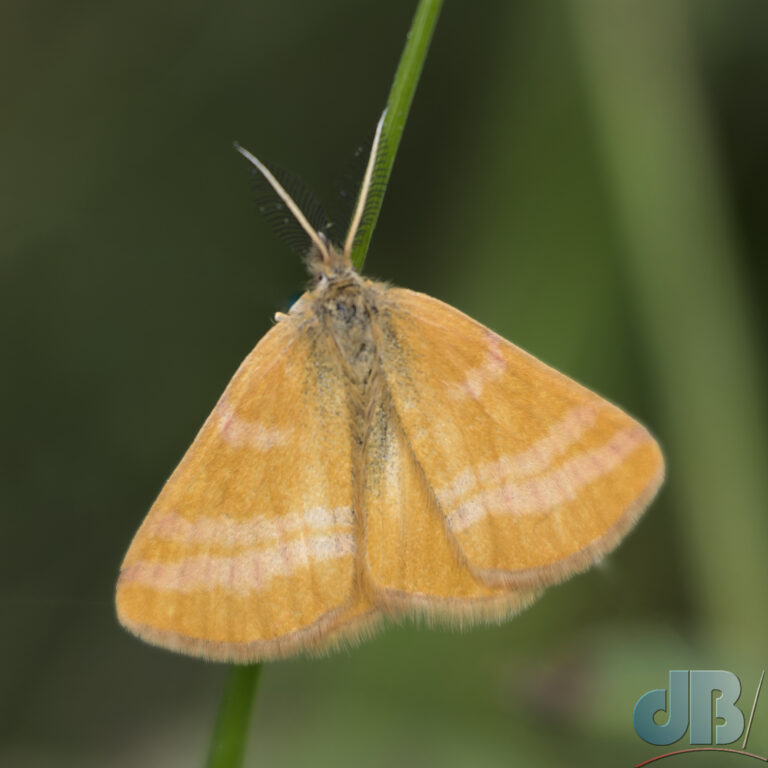
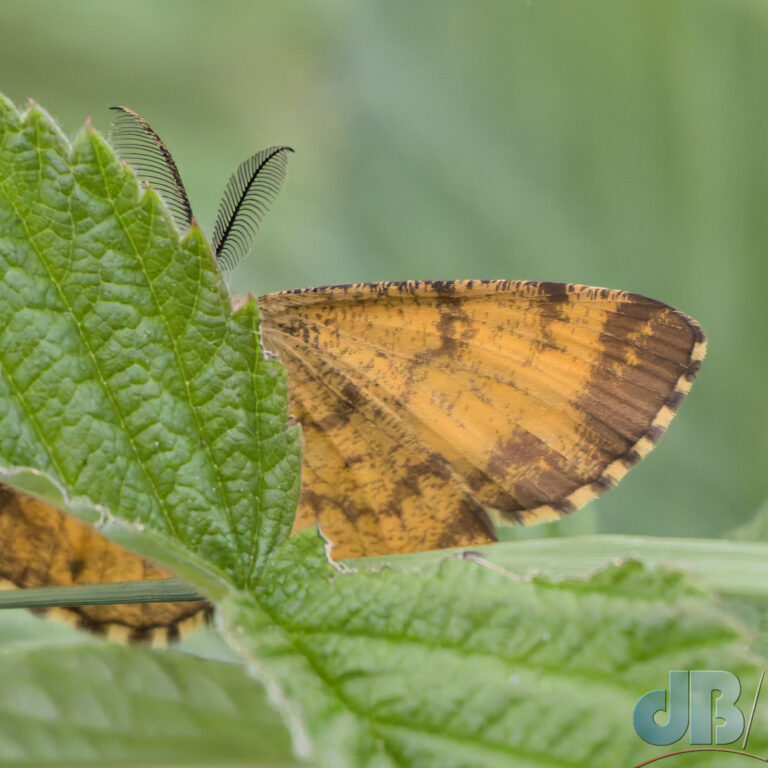
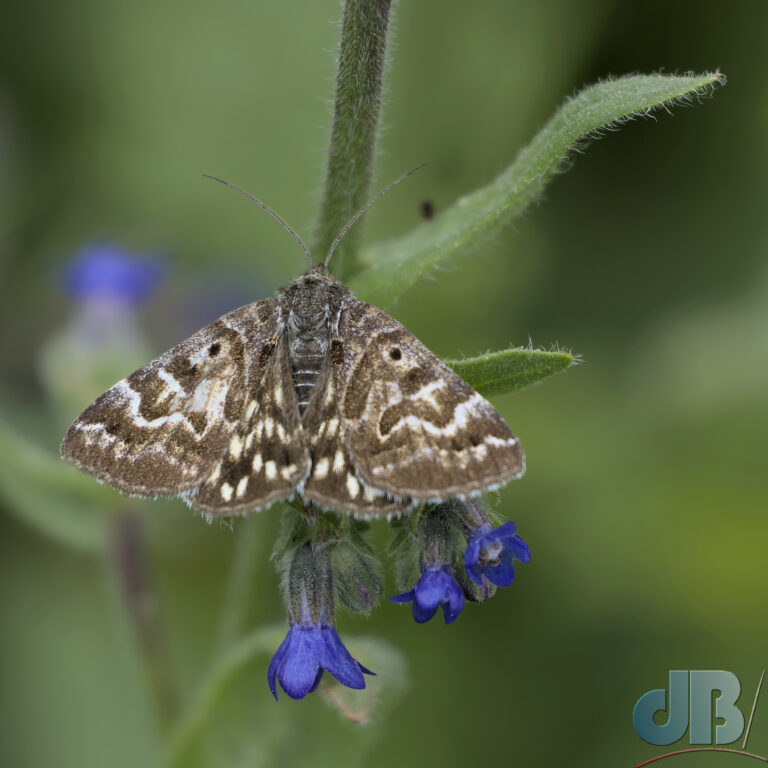
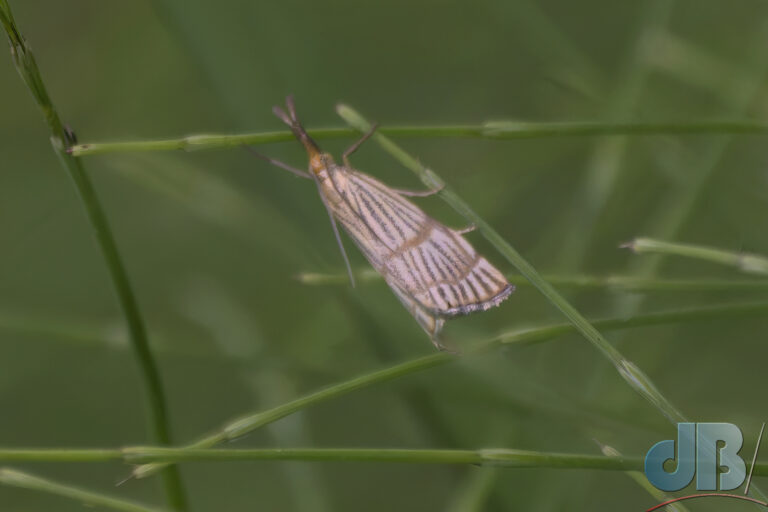
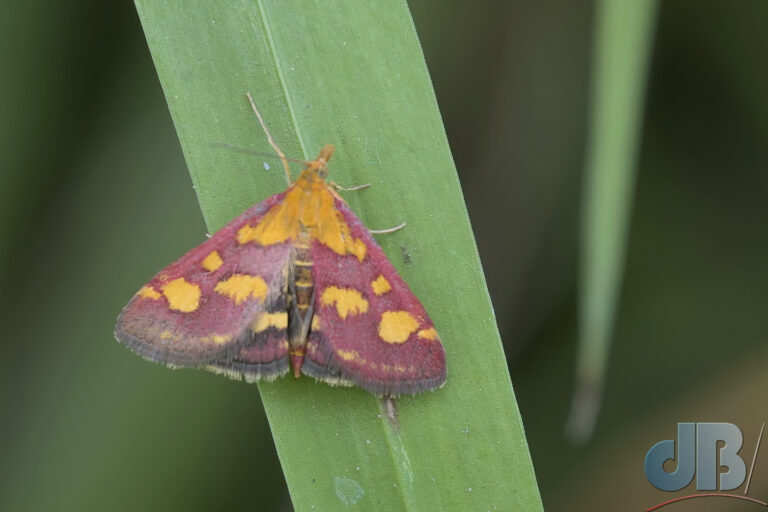
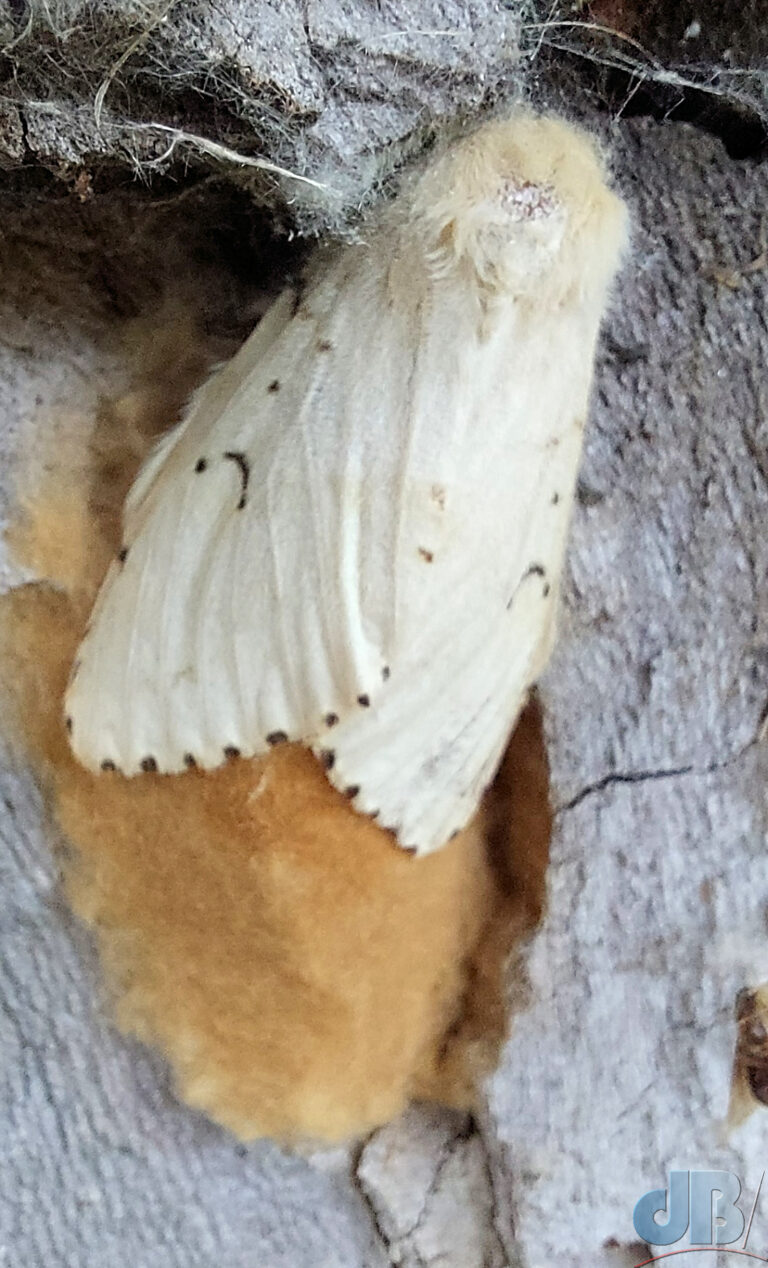
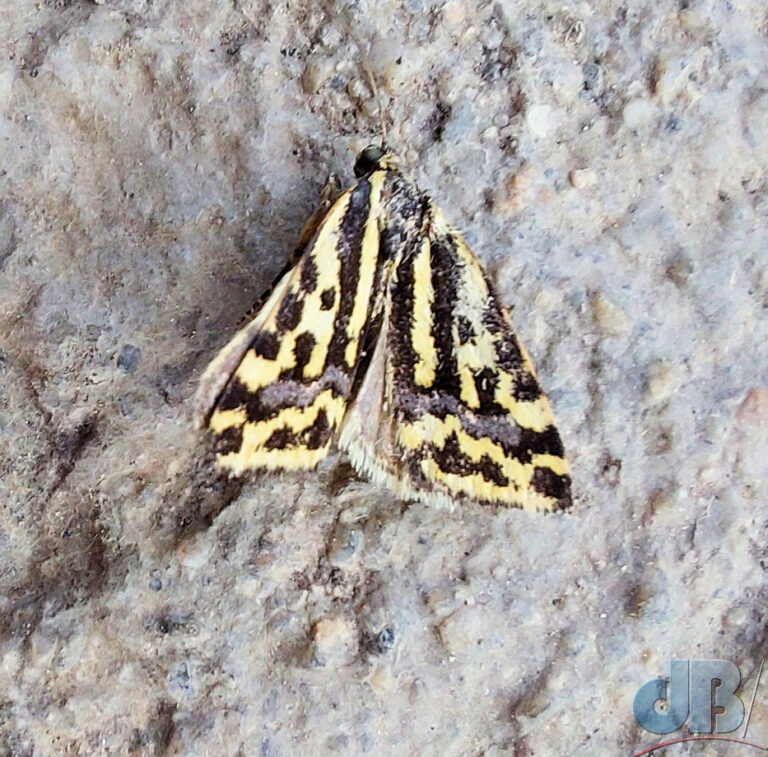
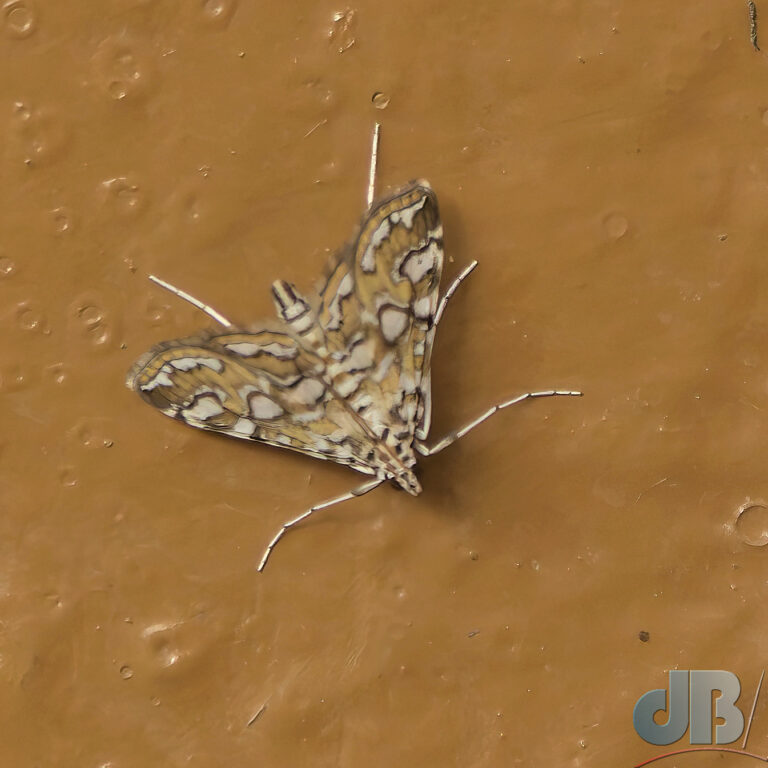
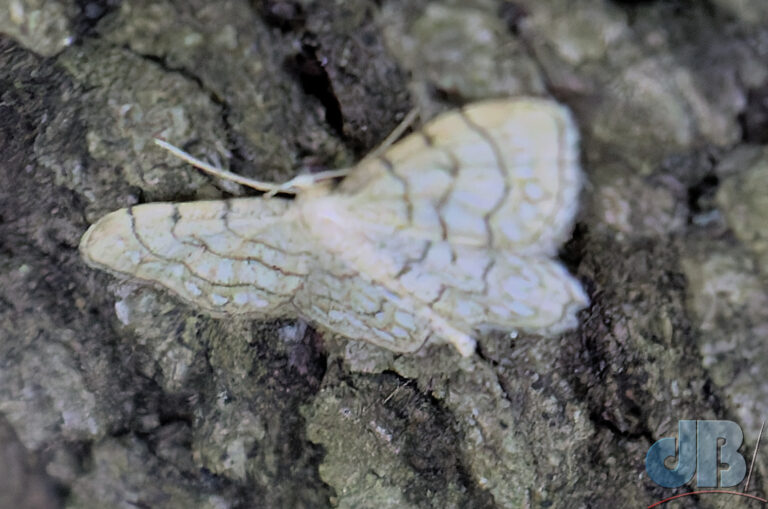
The Macedonia of my blog headline refers to the ancient Greek region which coincides with the area of modern, northern Greece where we were staying and exploring. North Macedonia was west of us, just over the border. At one point, we were within a few metres of the North Macedonian border patrol as we headed for a known site – the woodland and scrub around the Doiran Memorial – seeking, unsuccessfully as it turned out, the Tessellated Skipper butterfly.